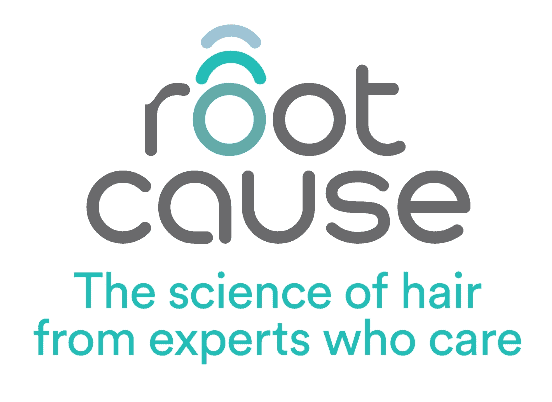ANDROGENETIC ALOPECIA
(FEMALE PATTERN HAIR LOSS)
Q: WHAT IS ANDROGENETIC ALOPECIA?
Androgenetic alopecia, otherwise known as Female Pattern Hair Loss (FPHL) is a hormone driven loss of density in hair, and this can be hereditary from either side of the family. You do not shed hair more than normal, but hormones ‘attack’ the follicle which causes miniaturisation, thereby reducing the number of hairs able to emerge and individual hairs becoming thinner.
KEY STATS:
Androgenetic alopecia affects up to 50 percent of females.
Q: WHO IS AFFECTED BY ANDROGENETIC ALOPECIA? WHO IS AT MOST RISK?
Androgenetic alopecia is affected by women. This is a condition which is affected by your genetic disposition of hormone balance or by hormone imbalance/ deficiencies, and usually seen from puberty onwards. Menopause can play a strong role due to fluctuations in hormone levels and the condition is most commonly seen in this group. Non-Caucasian groups are less affected. Thinning of the hair usually begins between the ages of 12 and 40 years and its natural course may be either slowly or rapidly progressing. Factors that may accelerate progression include androgen metabolism, inflammatory scalp disorders, and lifestyle.
Q: HOW DO YOU GET ANDROGENETIC ALOPECIA? WHAT CAUSES IT?
5a Reductase is an enzyme which can be found under the scalp region. When this enzyme with the hormone testosterone is combined by receptors, a more potent hormone is created called Dihydrotestosterone, also known as DHT. It is the DHT that causes miniaturisation.
Q: WHAT ARE THE PRESENTING SYMPTOMS?
There is an abundance of 5a Reductase in the temporal regions and this is the most common area seen in androgenetic alopecia. Areas of thinning hair across the scalp is evidenced, including around the mid-parting area.
Q: HOW IS IT DIAGNOSED?
A diagnosis can be done by examination and reviewing medical notes.
Q: WHAT IS THE PROGNOSIS?
Androgenetic alopecia can present itself over a period of time and can be unpredictable. It can vary depending on the individual, and hair loss can be gradual or in other cases shows rapidly over a number of weeks.
Q: WHAT TYPES OF TREATMENT IS AVAILABLE? HOW DO YOU PREVENT ANDROGENETIC ALOPECIA? WHAT CAN I DO TO CONTROL MY SYMPTOMS?
Treatment is dependent on age, review of prognosis, hormone levels and medical history. Further tests or investigation may be necessary to support the most effective treatment pathway.
Treatments can include a bespoke prescription that can include ingredients such as minoxidil. This supports the follicle only when in use, and for some individuals can experience a short period of accelerated shedding when stopping use.
Other treatments can include bespoke topical treatments, finasteride, or oral hormone prescriptions.
There may be contraindications from prescriptions such as the use of antidepressants, and therefore hair loss is improved when stopping the medication and relying on an alternative.
Low laser light therapy (LLLT) penetrates the soft tissue and can stimulate cell division. There are conflicting findings on its successful application.
Silk pillowcases can offer less friction between the scalp and hair follicles.
Coloured hair powders and sprays can be used to disguise areas of pattern loss.
Scalp micropigmentation (tattoo) on the scalp provides a more sustainable option to coloured hair powders.
Hair replacement systems can conceal hair loss.
Hair transplantation using donor follicles surgically transferred onto the scalp, or Platelet Rich Plasma Therapy (PRPT) can provide a long-term replacement option.
Nutritional plans can provide support to optimise hair and scalp health – this considers dietary requirements, supplements, vitamin replacements as well as restricting foods or increasing foods that can increase hormone levels.
Stress and lifestyle can play a part in impacting female pattern hair loss, including smoking.
Consideration of certain hair treatments and accessories e.g. tongs, may be useful to limit further shedding.
Your trichologist will discuss and recommend a treatment pathway that is appropriate to your needs.
NOVEMBER 2022
